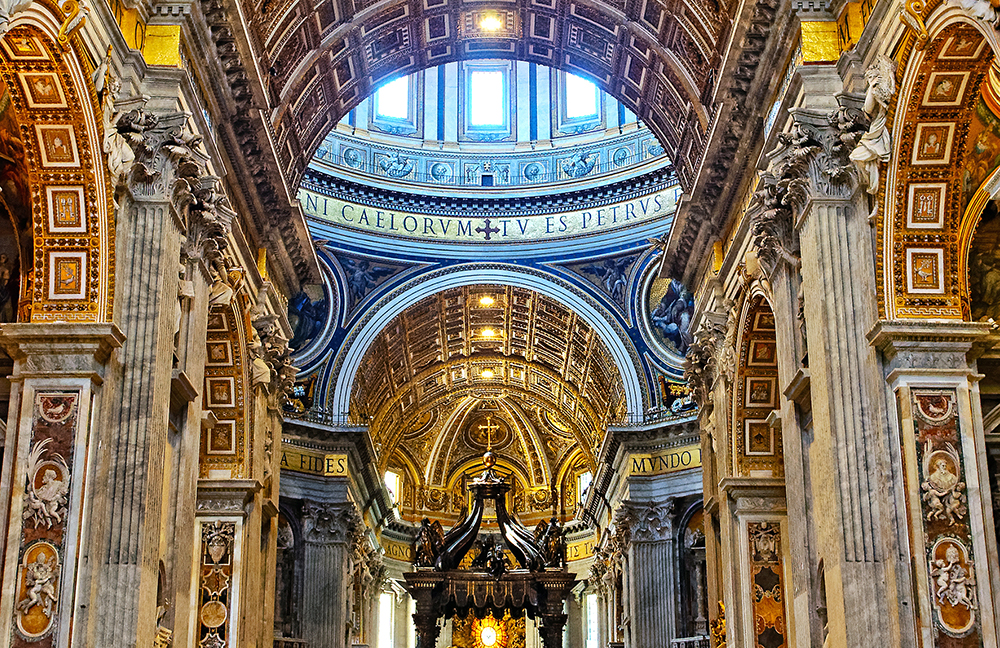The Creed, having spent the majority of its time reflecting on the substance of our life — the Trinity — turns to focus on God’s relationship with the world. This is done by specifically looking to the Church as the place where Christ continues his ministry on the earth. The Creed gives us what we call the four characteristics, or “marks,” of the Church: one, holy, catholic and apostolic.
The Church is one. Christ comes to establish one Church, one body through which to continue his ministry on earth. Jesus does not establish different churches, but one Church, with apostolic succession and sacraments as the guarantee of the Church’s unity. This is the fulfillment of Jesus’ explicit prayer and desire in his high priestly prayer of John 17: “Father, may they be one, as you and I are one” (v. 21).
The Church is holy. This does not mean all her members are sinless saints! Rather, to be holy is to be “set apart.” Her mission is to be “salt and light,” a communion of Christian love that points to the reality of Jesus as the savior of the world. Her members, then, are called to be saints to help this mission become a reality.
The Church is catholic. The word catholic means “universal.” This is closely tied to her unity and oneness: the Church exists for the whole of humanity. This universality, furthermore, allows for her to have a multitude of liturgical expressions and traditions united around the one faith. To be Catholic means to be for the whole of humanity.
The Church is apostolic. The Church’s existence is rooted in the apostles, upon whom Jesus established his Church. These apostles ensure what Christ hands on to them is handed on continuously through apostolic succession in the ministry of the bishops. The unity of these bishops is further guaranteed by their union with Rome, where the Pope is the principle of unity for the whole Church.
Father Harrison Ayre is a priest of the Diocese of Victoria, British Columbia. Follow him on Twitter at @FrHarrison. Read the series of articles on The Creed here.

